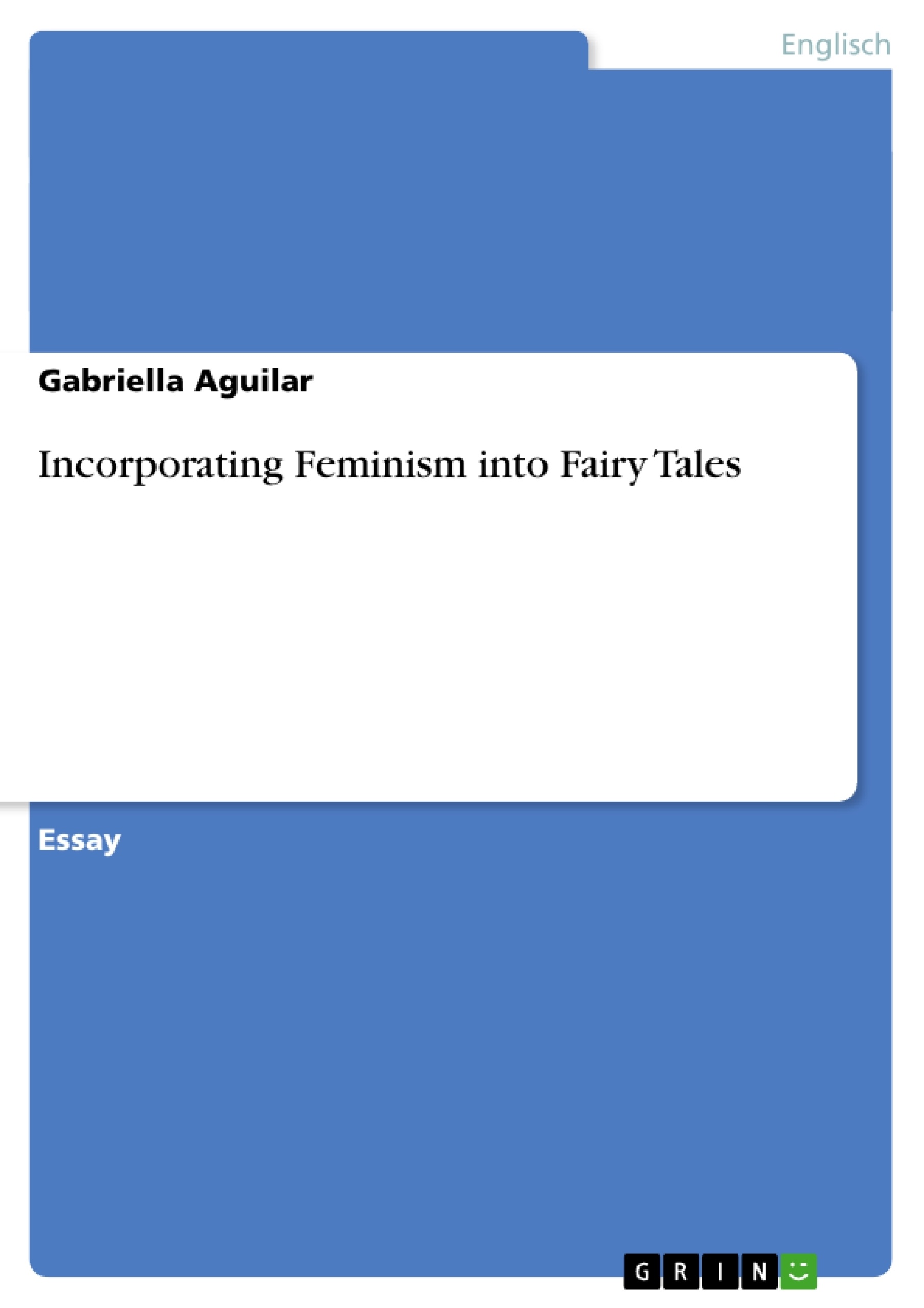Then and Now: Incorporating Feminism into Fairy Tales
Fairy tales have been transformed into new adaptations for centuries. Oral tales were transcribed into literary works hundreds of years ago, and today new versions of fairy tales continue to be published. Over time, the implementation and use of gender roles has evolved in new renditions of these stories. Female fairy tale characters have acquired power and strength that was not present in the earliest versions of these popular tales. These changes can be attributed to historical changes in societal norms, including society’s increasing progression toward gender equality in recent centuries. These changes in culture and societal beliefs are so powerful that they affect ideas incorporated into new renditions of stories that were written generations ago.
Then and Now: Incorporating Feminism into Fairy Tales
Fairy tales have been transformed into new adaptations for centuries. Oral tales were transcribed into literary works hundreds of years ago, and today new versions of fairy tales continue to be published. Over time, the implementation and use of gender roles has evolved in new renditions of these stories. Female fairy tale characters have acquired power and strength that was not present in the earliest versions of these popular tales. These changes can be attributed to historical changes in societal norms, including society’s increasing progression toward gender equality in recent centuries. These changes in culture and societal beliefs are so powerful that they affect ideas incorporated into new renditions of stories that were written generations ago.
Little Red Riding Hood needed the help of a huntsman, Sleeping Beauty and Snow White only lived because of a prince’s kiss, and Rapunzel was helpless without the man who saved her. Why are female characters in fairy tales never able to help themselves or others? Though females play large roles in the majority of classic fairy tales, they are rarely depicted as strong or independent. When fairy tales were first transcribed into literary works by authors like Charles Perrault and the Brothers Grimm centuries ago, women were often protagonists, but they also exhibited passivity and naivety. These recurring traits can be linked to strict gender roles in effect in society at the times in which they were written. Angela Carter, an English writer, was known not only for retelling old fairy tales in a modern era, but also for including feminist ideas in her adaptations. In 1979, she published a compilation of fairy tales in a book called The Bloody Chamber. Though authors like Perrault influenced her retellings, she completely changed the depiction of females who were once portrayed as weak and helpless. In Carter’s short story adaptations of fairy tales, stereotypical gender roles are broken. The increase of power and strength in female fairy tale characters over time directly reflects society’s progression toward gender equality, proving the impact of changing societal norms throughout history.
“Little Red Riding Hood” is an example of a fairy tale that has seen many changes in its depiction of females since its first publication in the seventeenth century. The traditional story is a tale of a young girl who encounters a wolf on the way to her grandmother’s house. One of the first written versions of the story is by French author Charles Perrault (Ashliman). Perrault’s fairy tales are his most famous works, and they are stylistically unique. His tales include morals directed toward children, and “the role of magic in the tales is often minimal, and greater emphasis is placed on human nature and social conduct, both good and bad” (Wood). Because there is less emphasis on fantasy and more focus put on societal commentary, his implementation of gender and the manner in which he portrays both males and females is very important in understanding what morals are being engrained into the minds of readers. This is especially true in a story like “Little Red Riding Hood” in which the central characters are a male and a female
[...]
- Citation du texte
- Gabriella Aguilar (Auteur), 2013, Incorporating Feminism into Fairy Tales, Munich, GRIN Verlag, https://www.grin.com/document/214201




